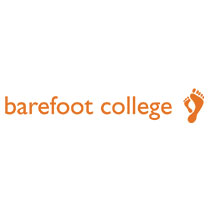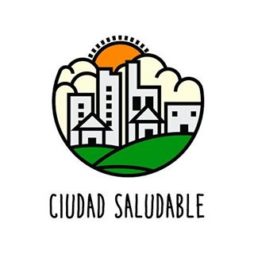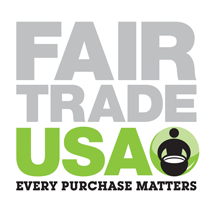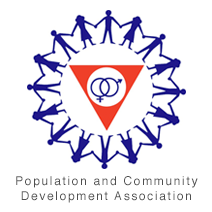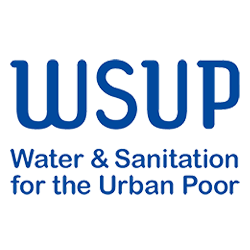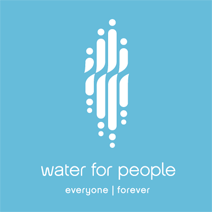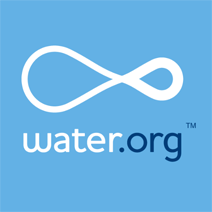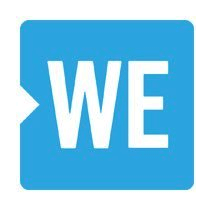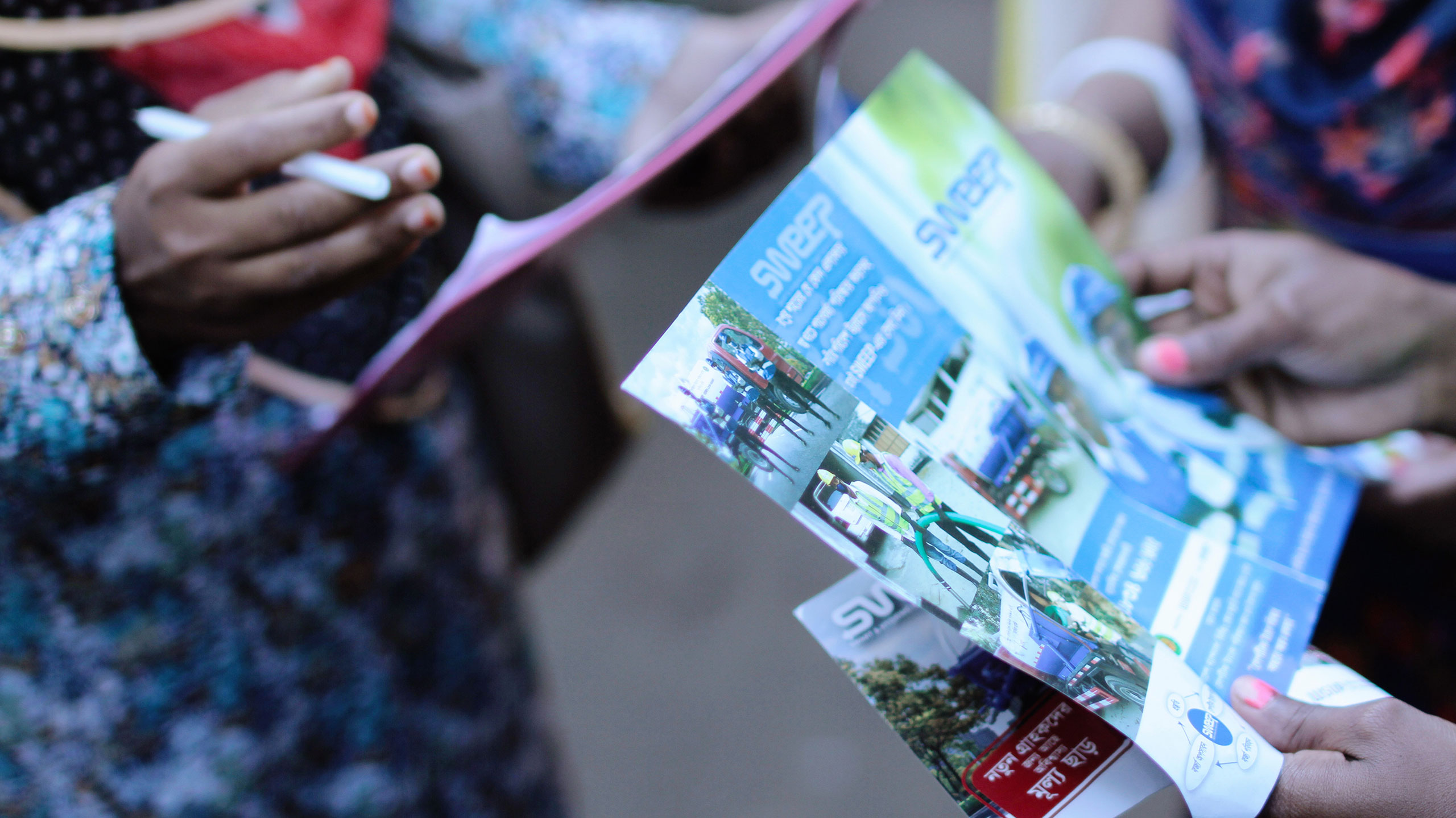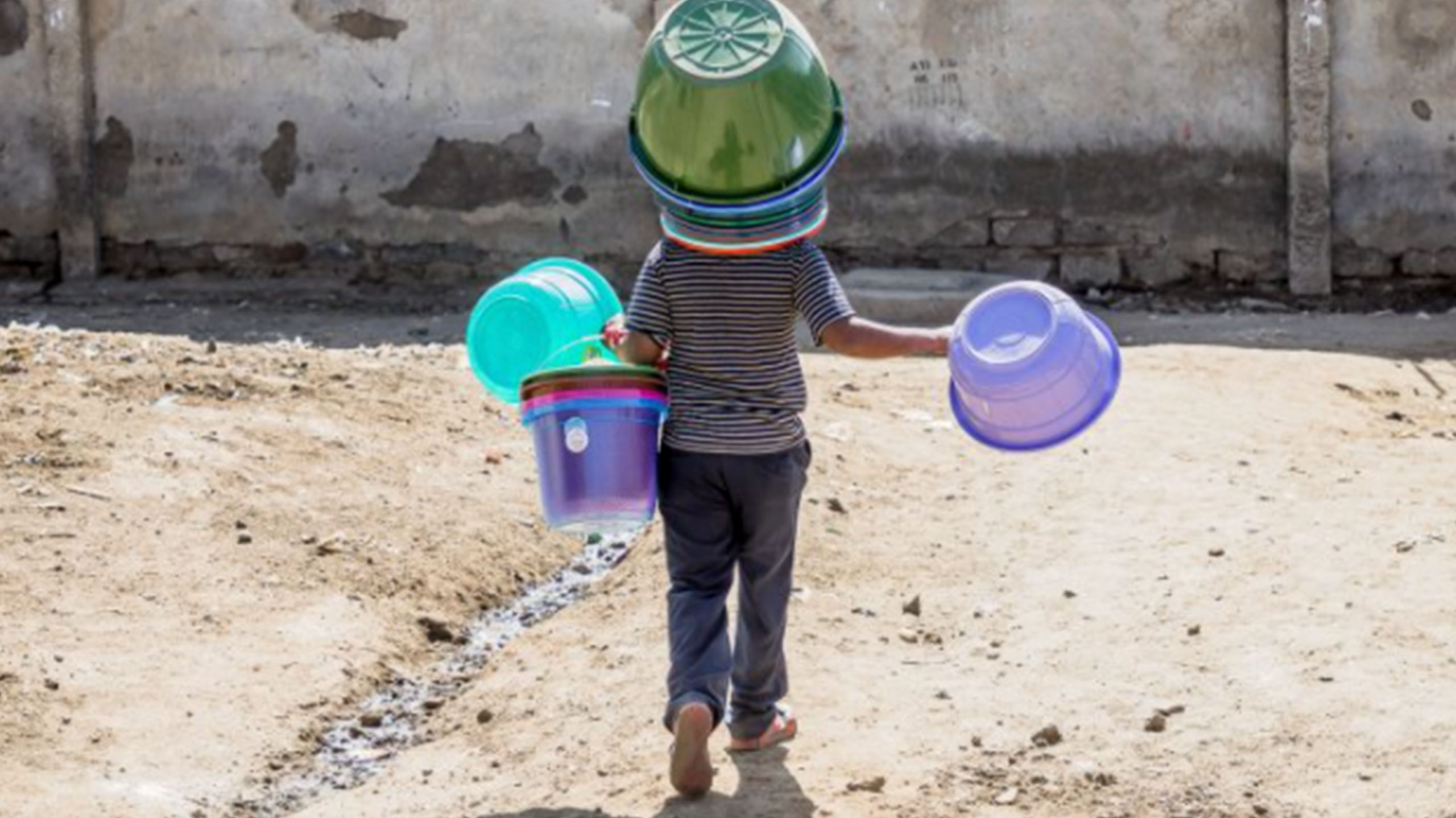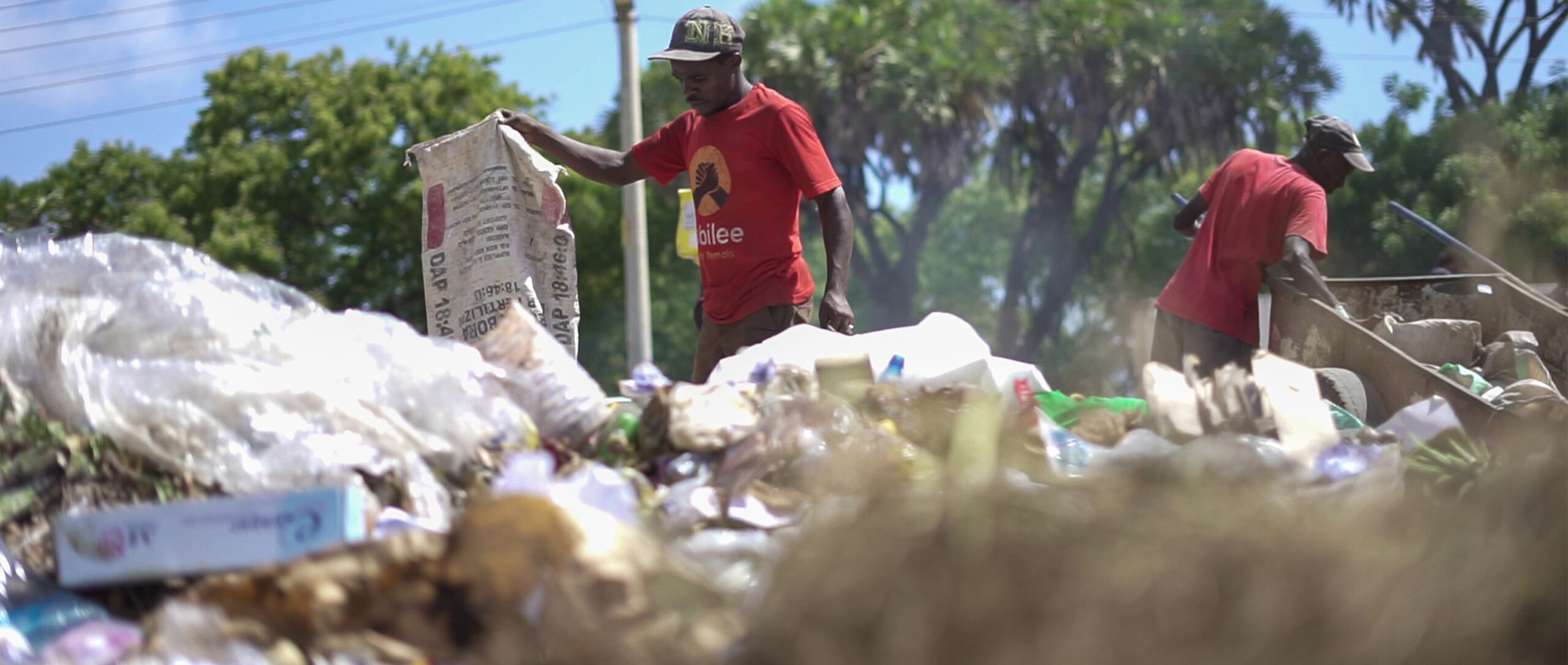OVERVIEW
Clean water is safe enough to be consumed by humans or used with low risk of immediate or long term harm. The clean water problem is that of quantity (access), quality, cost, and system maintenance.
Desired Equilibrium
Universal, equitable access to clean water across urban and rural areas worldwide, supplied by utilities and service providers with adequate capacity to deliver reliable and sustainable service. Clean drinking water allows the poor to lead healthier lives and devote previously lost time to productive activities that improve their livelihoods.
Ways Skoll social entrepreneurs are addressing the issue:
- Working directly with utilities and service providers to improve the quality, quantity, and cost of service (Water for People, WSUP)
- Securing financing from governments, multilaterals, and private sector sources to implement and sustain services (Gram Vikas, Water.org, Water for People, WSUP)
- Organizing members in a community to pool resources to fund and implement community-wide solutions (Gram Vikas, SDI)
- Tracking the use and capacity of water and sanitation systems to inform operations and maintenance (Water for People)
Social Entrepreneurs Working on this Issue
Related Content
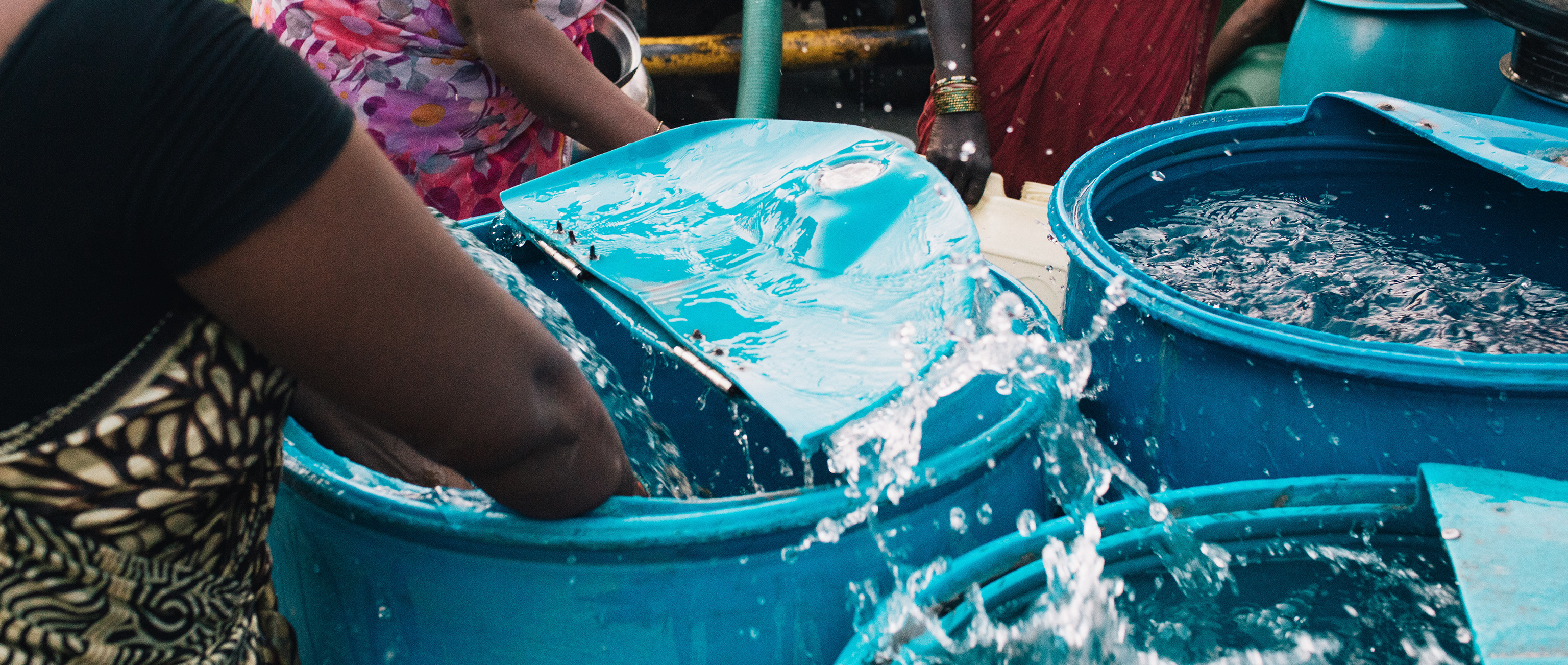
Urgent Need of Our Time: Mission-Aligned Investments in Clean Water Combat Both COVID-19 and Climate Change
Climate change threatens the global water supply, particularly within lesser developed countries and emerging markets that have seen decades-long shortages in the investment of clean water infrastructure. With the onset…
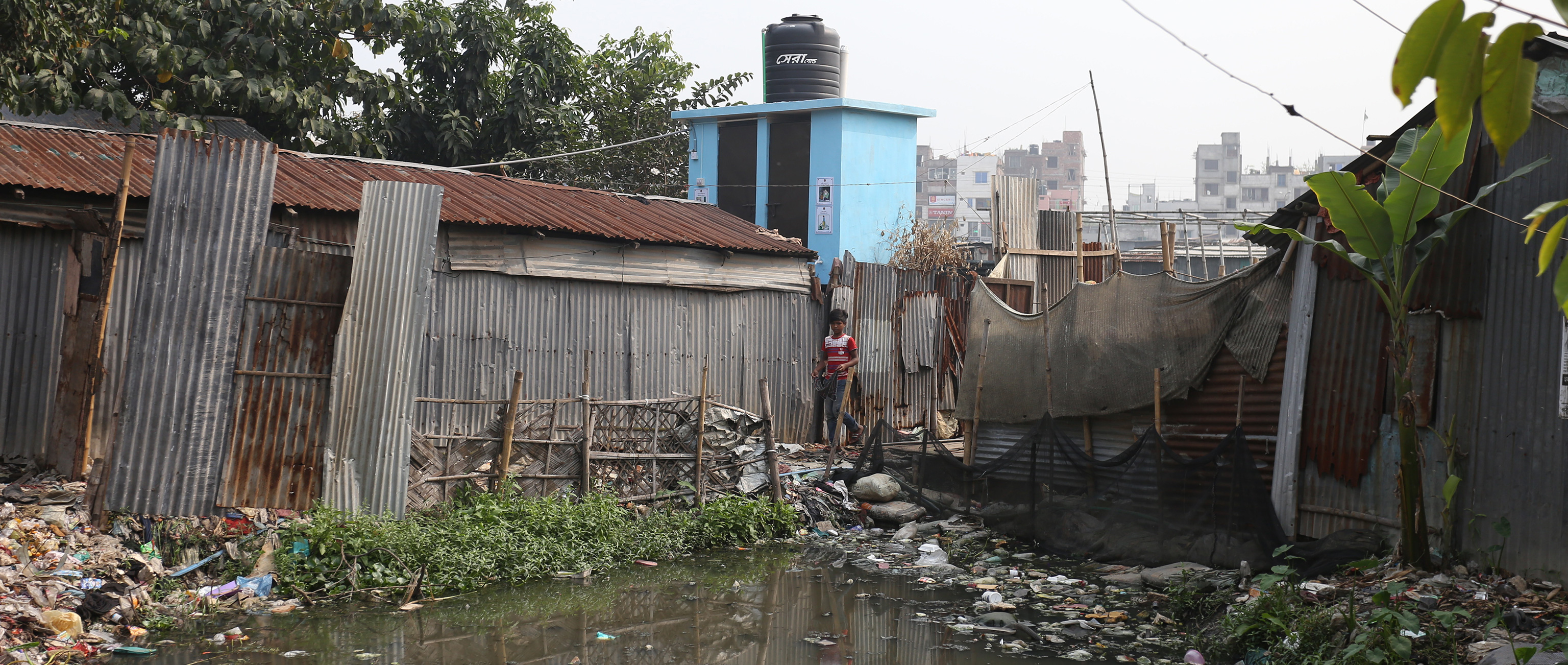
Rebuilding to Prepare for the Next Water and Sanitation Crisis
The Covid-19 crisis has been a powerful reminder of the urgent need for improved water, sanitation and hygiene around the world. Particularly for people living in densely populated urban communities,…
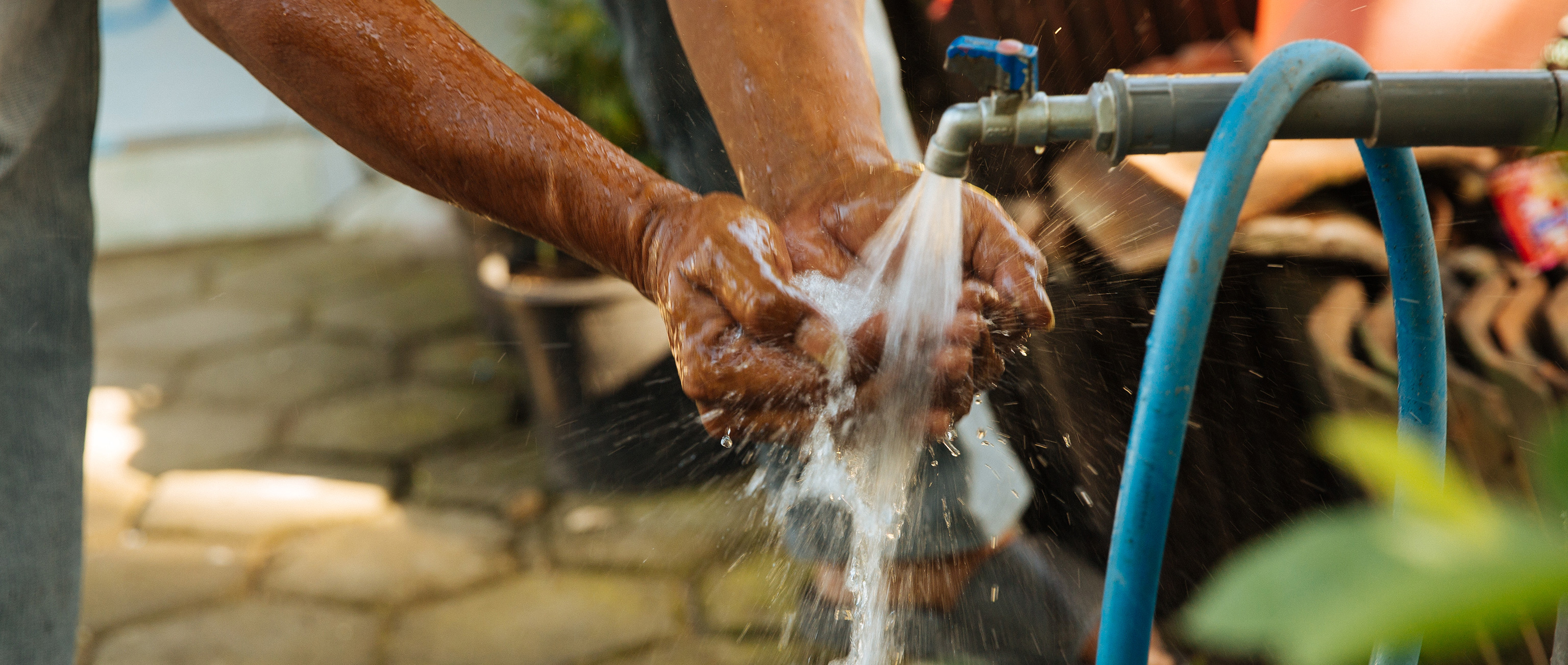
What to Do During a Pandemic in a World of Water Inequality
Since the day COVID-19 arrived in your country, how many times have you washed your hands? It’s probably an impossible question. The 20-second interludes have become a part of life.…
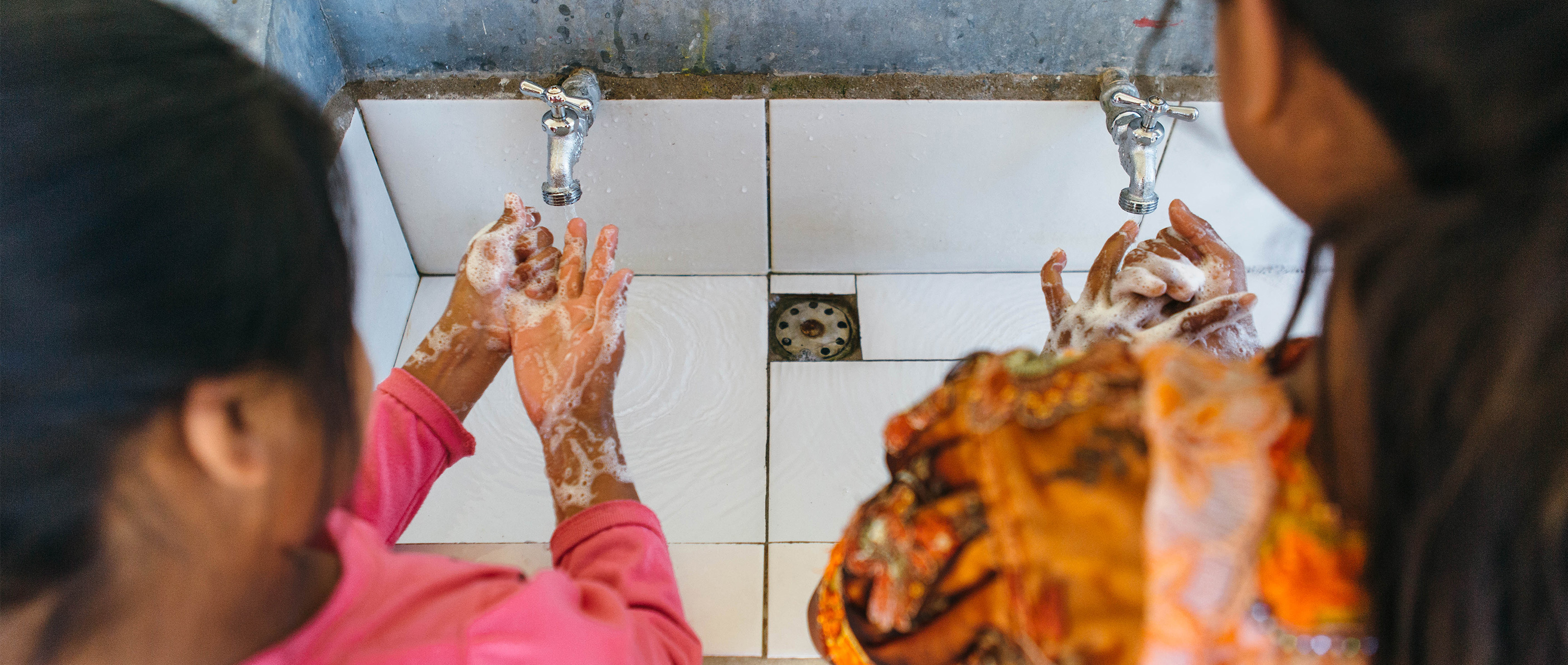
It Took a Pandemic to Show that Handwashing is a Lifesaver—and a Privilege
It took a global pandemic to raise the world’s awareness of the importance of handwashing and access to clean water – basic services that over 2 billion people in the world still lack. Many of us in the US and…

Why We Must Tackle the Climate Emergency Through Improved Water Management
Climate change is water change. That's the message for this year's World Water Day, which takes place on Sunday. In the poorest parts of the world, the challenge of climate…
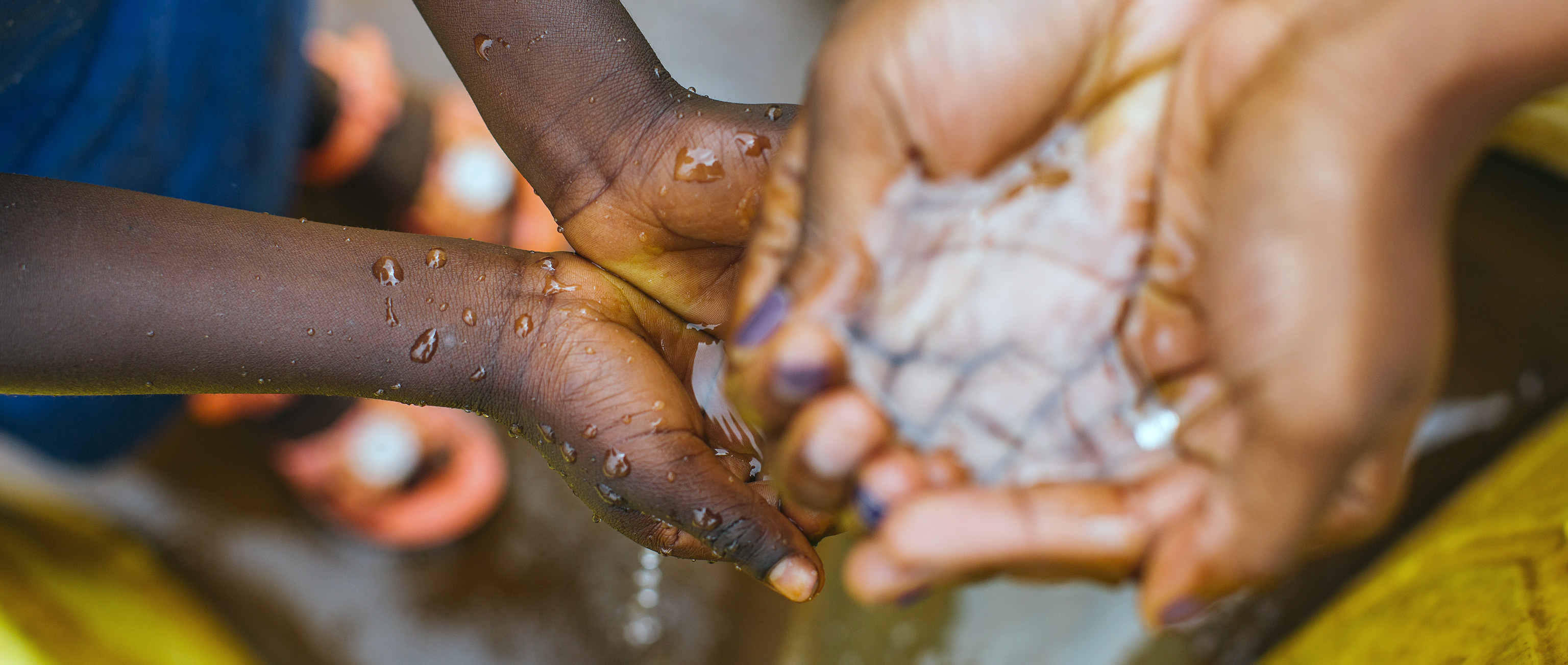
Why Water and Sanitation are the Foundation for Sustainable Development
Water For People's goal is clear and ambitious: lasting quality water services for every family, clinic and school—forever. When people have access to clean water all the time, their lives…
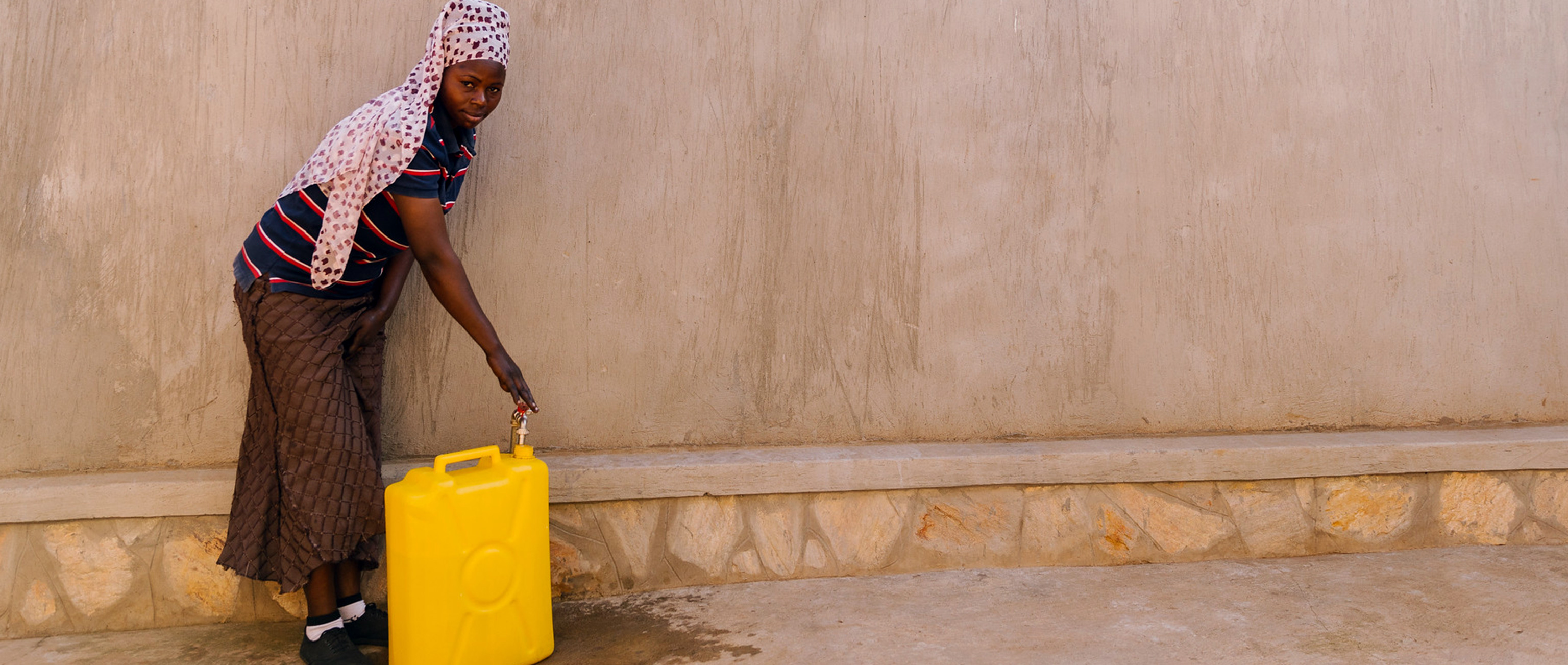
Tapping Small Loans for Toilets and Safe Water Unleashes Women’s Potential
Women who lack access to life’s basics know exactly what they need. And they’re getting it. As different as everyone’s life may be, there are a few basic human functions…

Tara Houska on Building Justice and Equality in Era of Climate Change
In late 2016, Tara Houska called Morton County North Dakota home for six months—she stood shoulder-to-shoulder on the frontlines at Oceti Sakowin, the gathering of Indigenous Nations at Standing Rock…
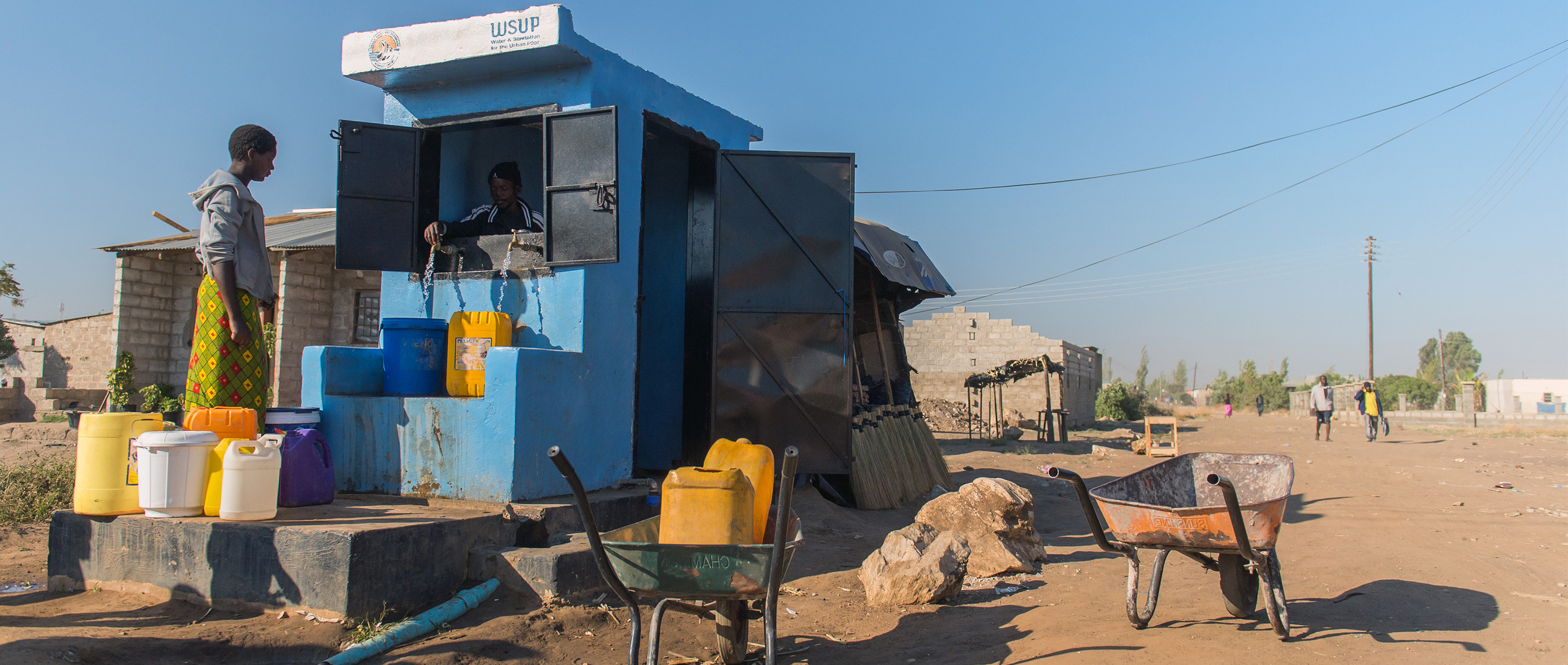
How Five Dangerous Myths Keep Water and Sanitation from 883 Million People
What does it mean to give one person access to clean water or safe sanitation? For them and their family, it means the world: dignity, health, more time to work, study,…
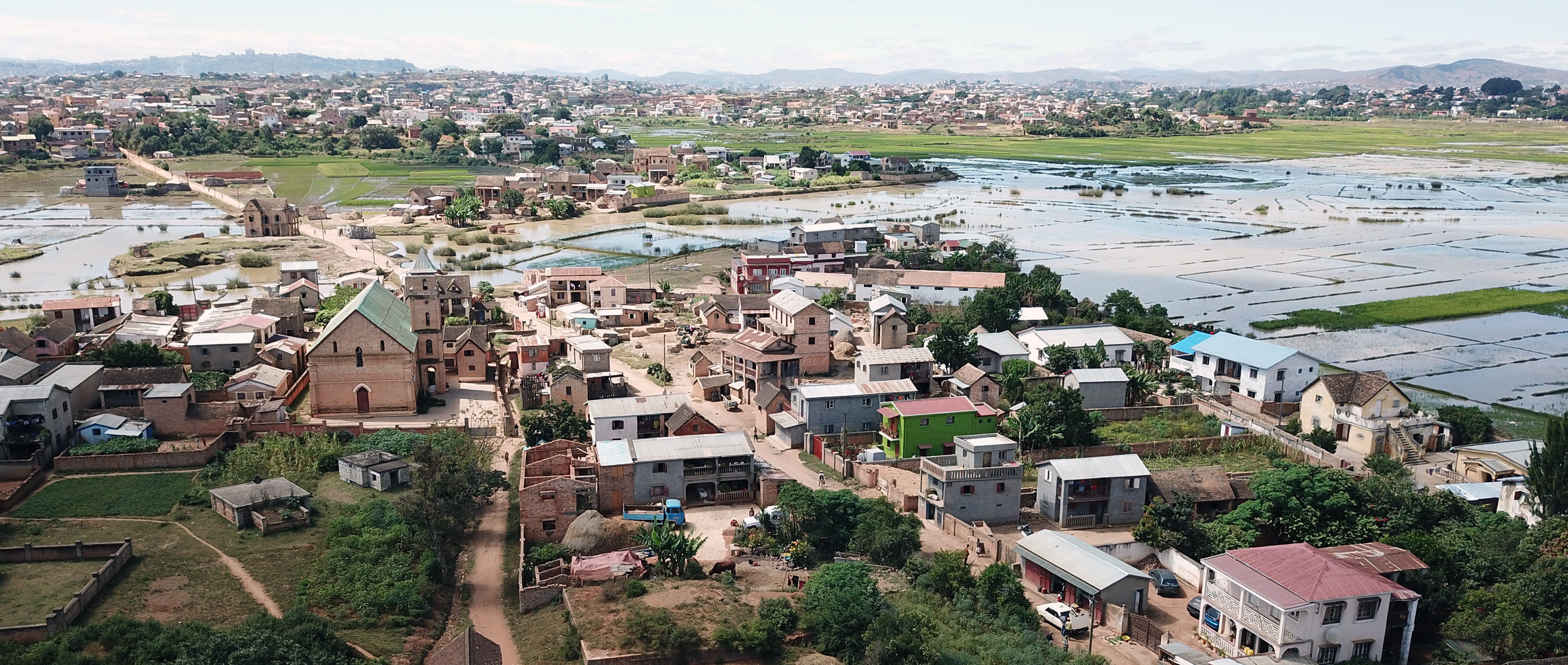
Our Vision for a 21st Century Water Service Provider
There’s nothing more important to human life than clean, reliable water. It’s the first, and most basic of needs, something we cannot live without for more than a few days.…
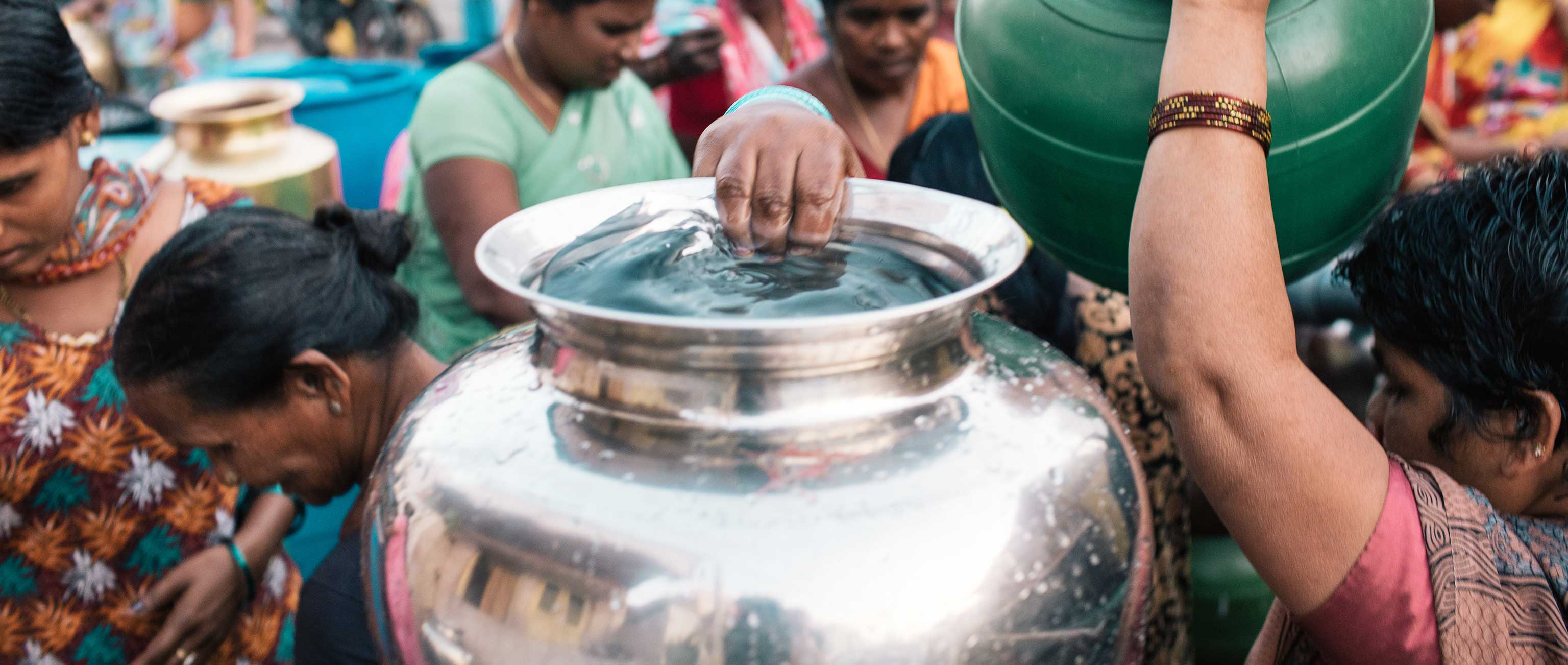
How to Spend a Billion Bucks? The Global Water Crisis
How would you spend a billion dollars? Gary White knows what he will do. The Water.org CEO and co-founder says his organization has reached the $1 billion milestone in its…
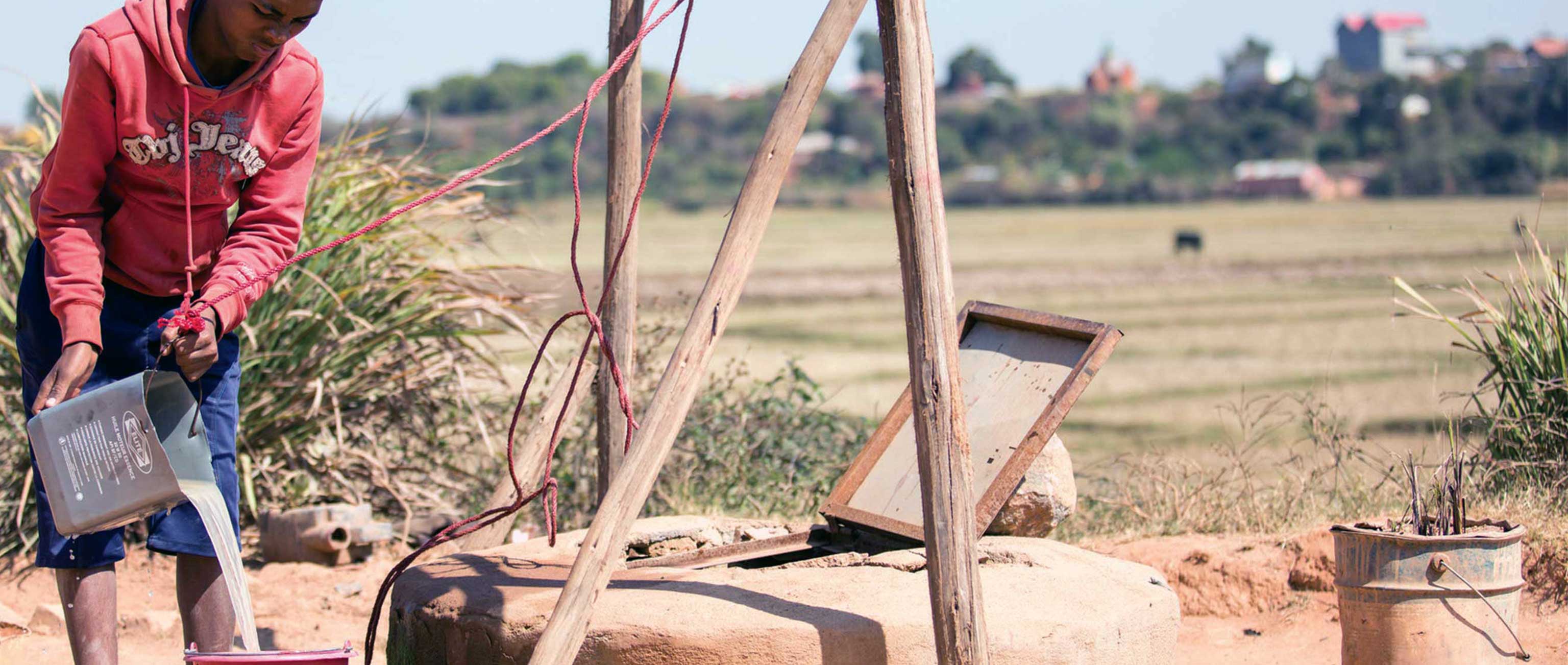
How to Get to SDG 6: Invisible Barriers to Urban Water and Sanitation
What do you think of when you think about improving water and sanitation? No doubt the first thing that springs to mind is a tap; probably followed close after by…
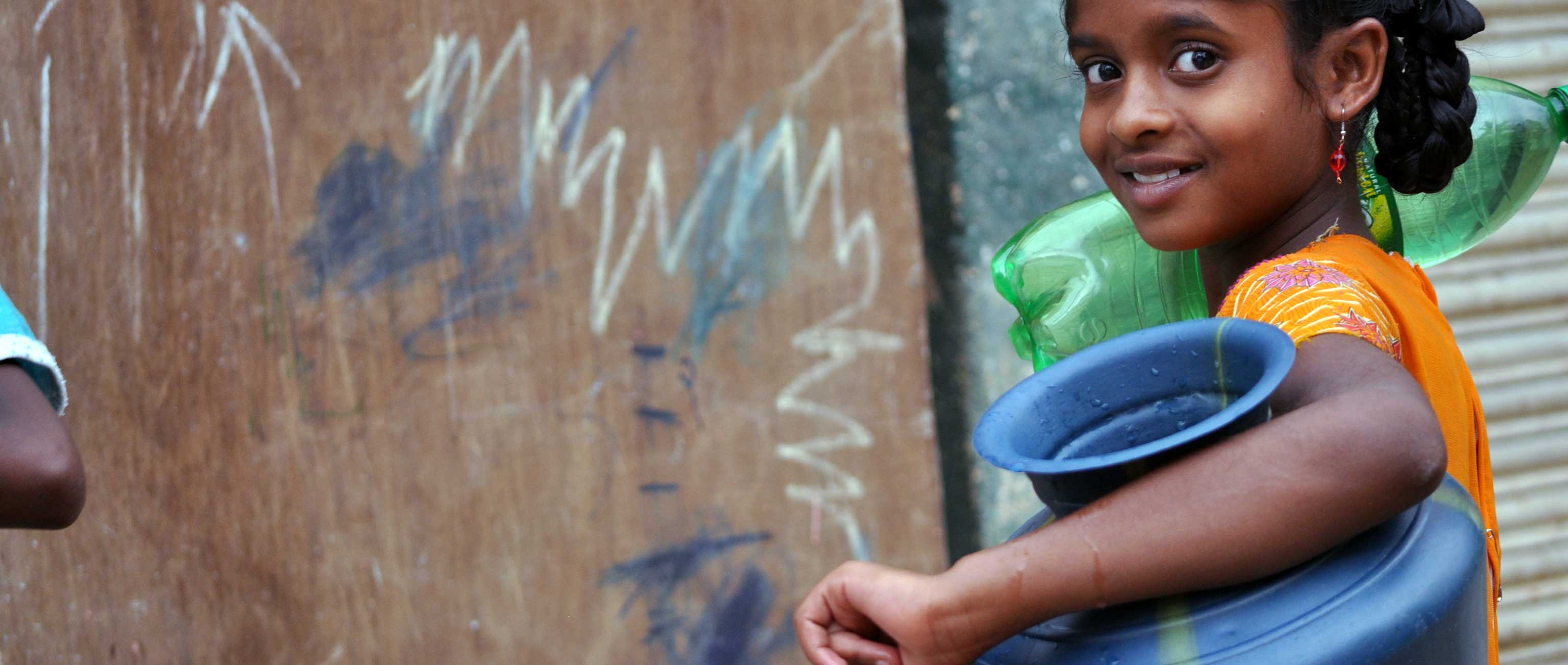
The Power of Water Micro-Lending as Income Enhancer
Her smile is truly as warm as the tea she prepares each morning to sell from her home in Mysore, Karnataka, India. Past the mint and chamomile drying in the…
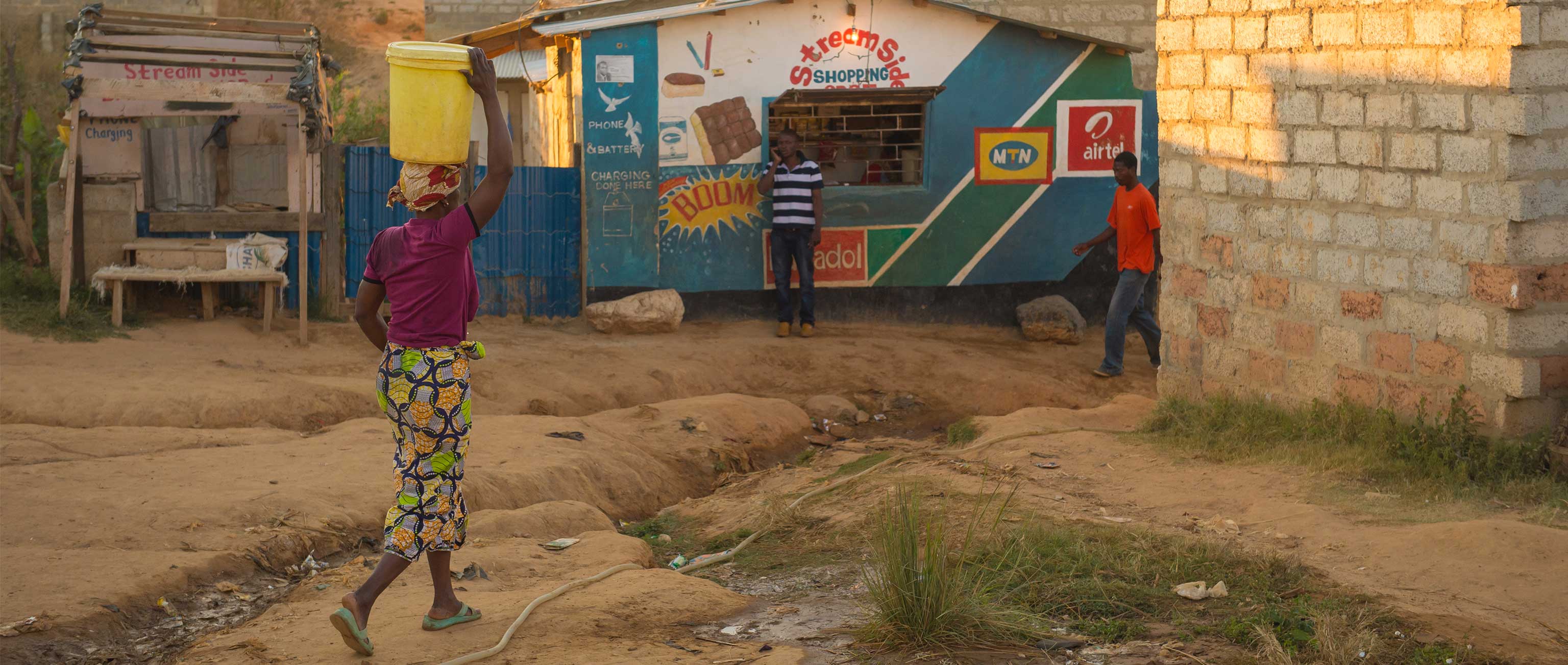
From Direct Action to Advisory Services: A Pathway to Scale for Social Entrepreneurs
A central question for any social entrepreneur with a proven, effective innovation is how to scale its impact. For many organizations and funders, the answer to this question is elusive.…
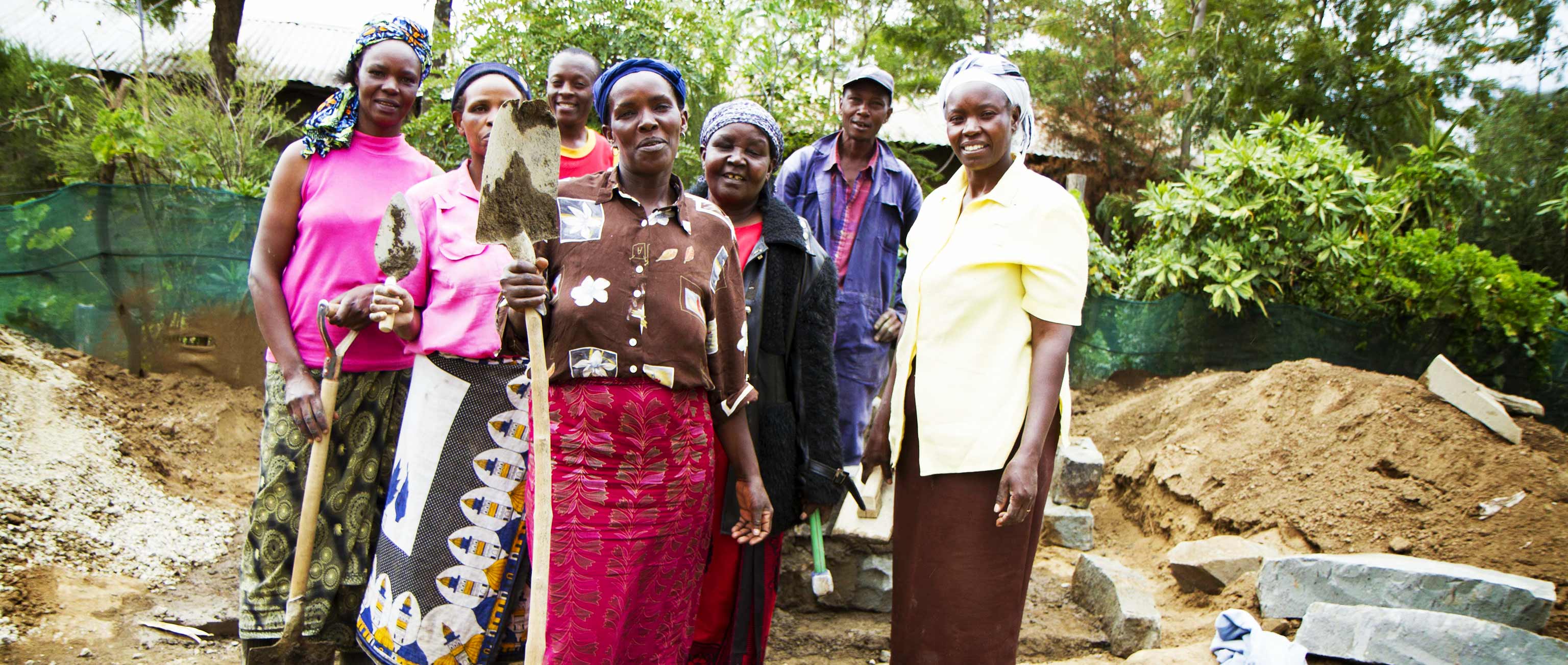
Designing for Resilience in an Era of Water Stress
Erratic rainfall, extreme droughts and floods, and deterioration in water quality brought on by climate change will intensify existing water stress and water allocation challenges. By 2025, absolute water scarcity…

Our Commitment to Urgent Climate Action
From water resource management and food production, to disease and conflict: climate change exacerbates underlying vulnerabilities. As the severity of these impacts increase over the coming decades, poor communities in…
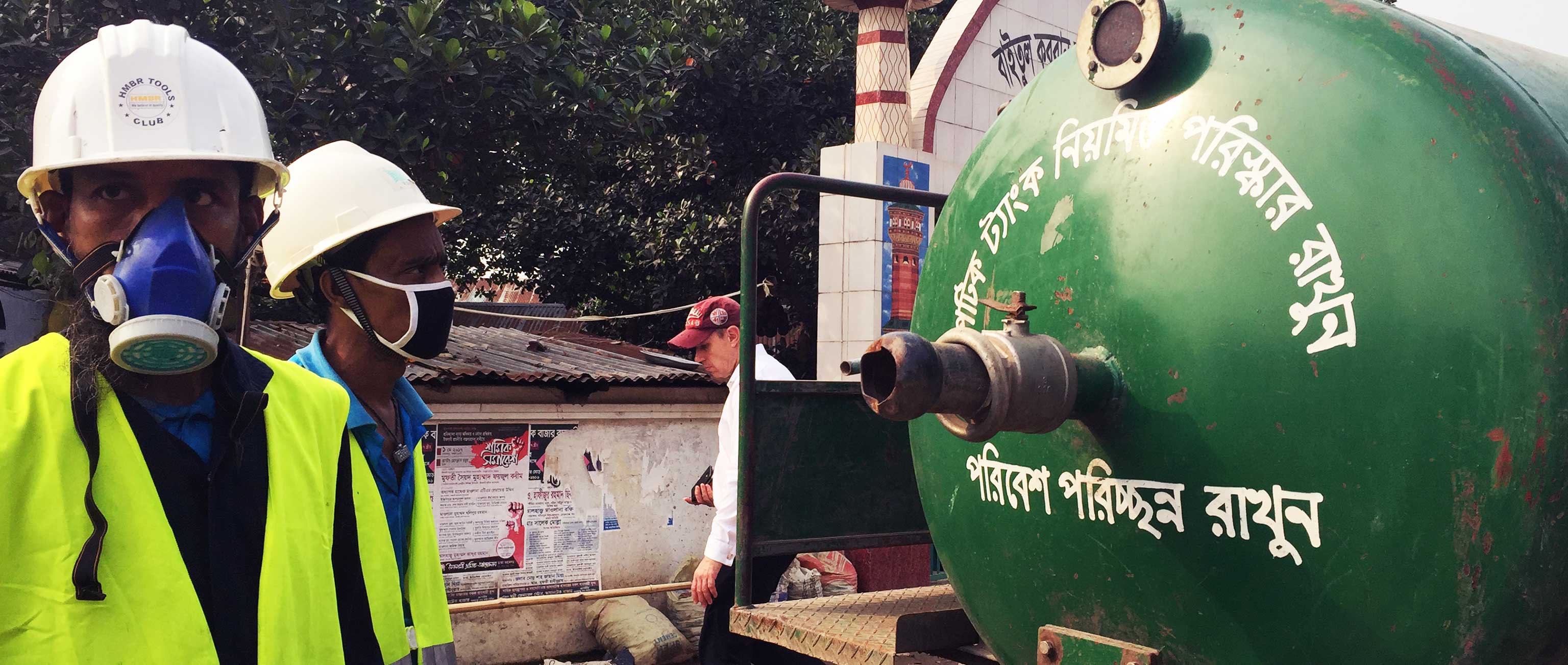
How Public Private Partnerships are Making a Crappy Market Safe Across Bangladesh
In Bangladesh, nearly half of 55 million urban residents lack the sanitation infrastructure to properly process human waste. The result: massive amounts of raw waste is unsafely dumped, fouling the…
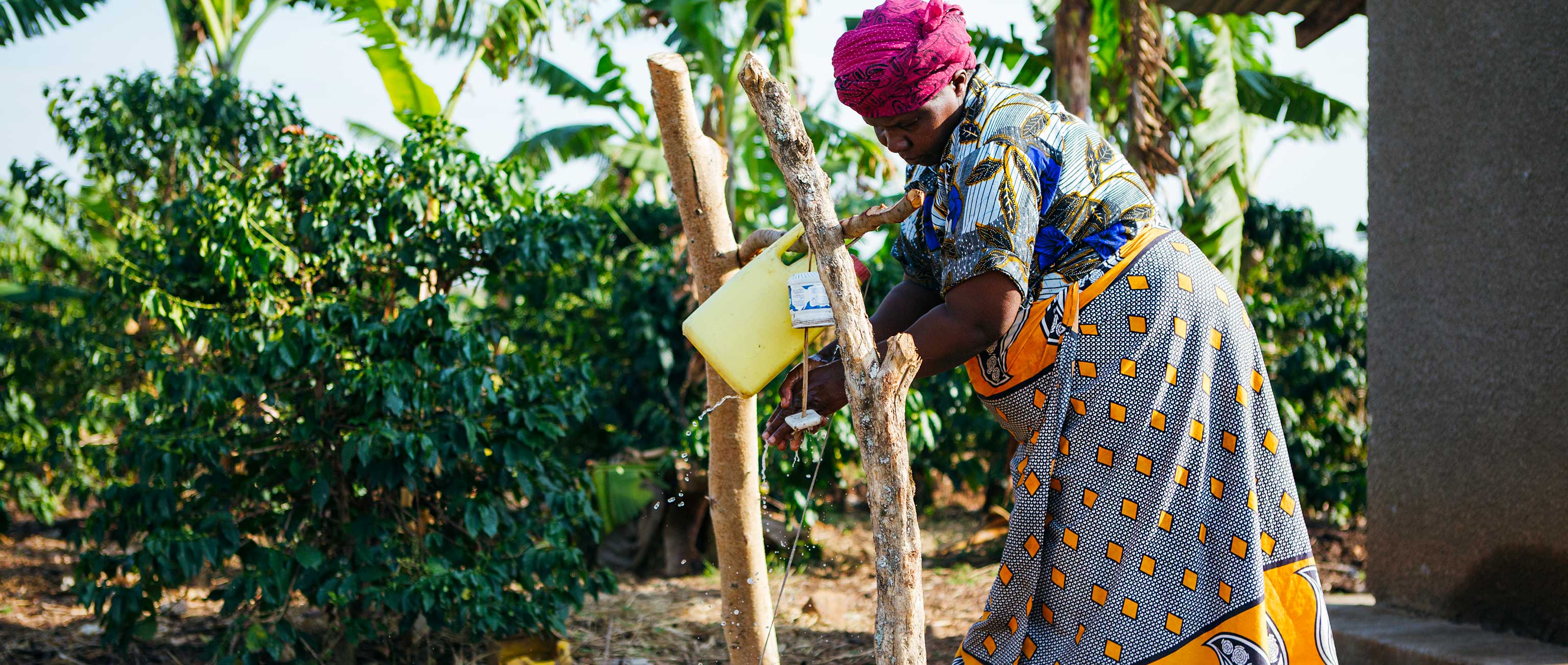
Toward Fierce Collaboration: No One Can Solve the Global Water and Sanitation Crisis Alone
The global water and sanitation crisis is one of the world’s most intractable problems–and one that has been addressed by the development, public, and private sectors since the dawn of…

EcoPeace Middle East and a Breakthrough Israeli-Palestinian Water Deal
A water deal between Israelis and Palestinians reached earlier this month will ease the chronic shortages that have threatened to become a public health risk for the Palestinian people, particularly…
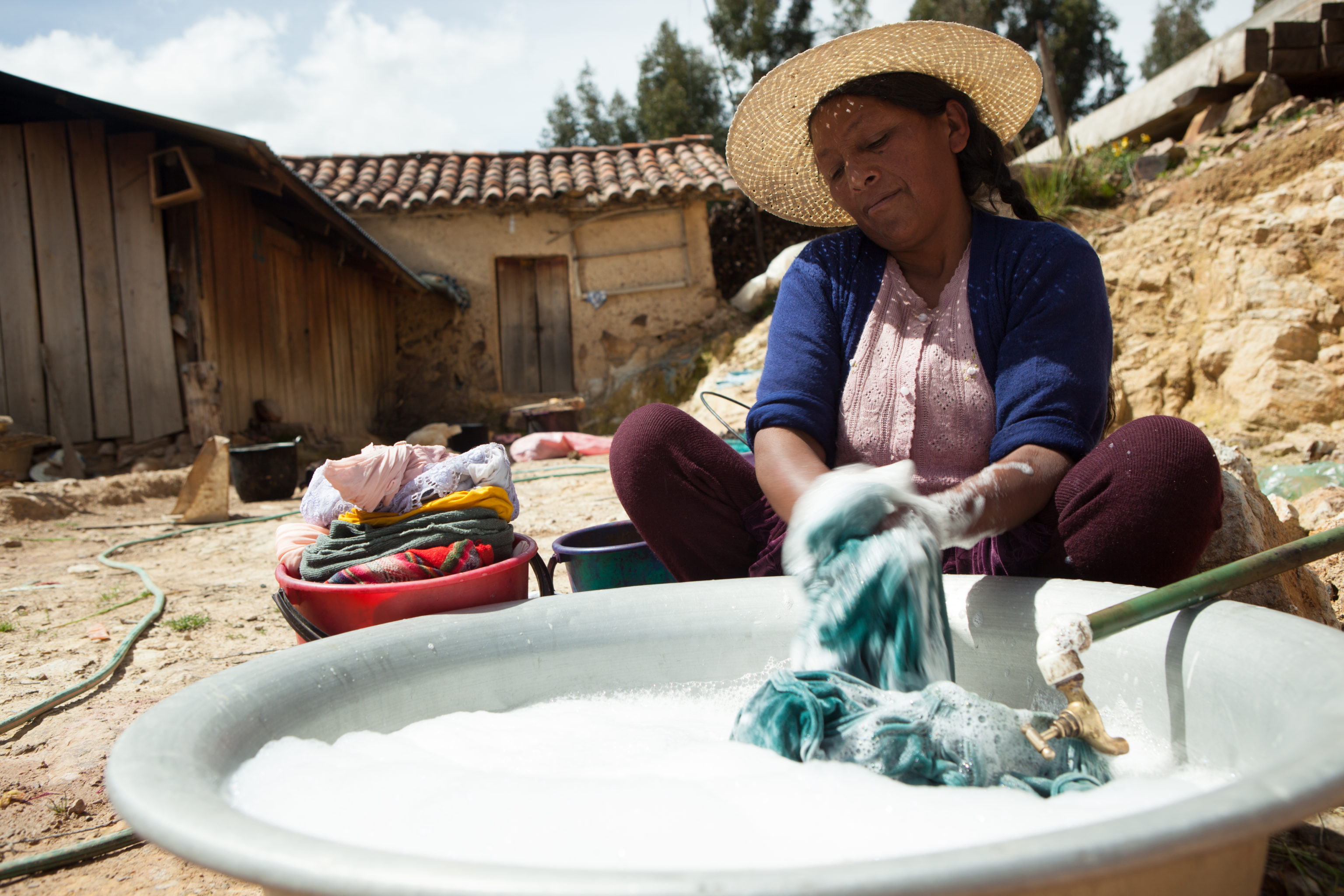
How We'll Get Universal Access to Safe Water in Latin America
Universal access to safe water in Latin America? How is this possible to achieve in a region where some of the most beautiful tourist destinations in the world have signs…
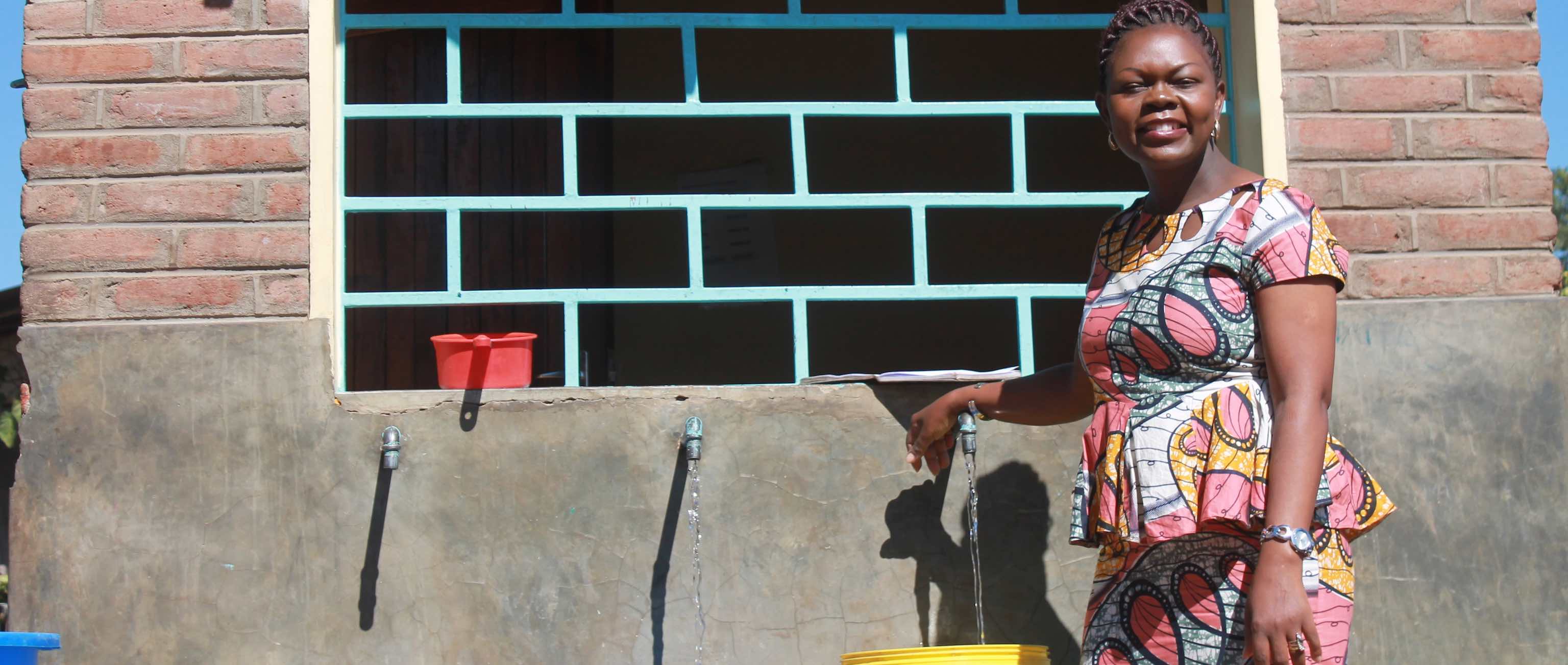
Toilets, Taps, and Triumph for Women
I met Maria when I was a Peace Corps volunteer in the Dominican Republic. She was three years old—smiley, pudgy, and fun. I lived with her grandparents. We spent a…
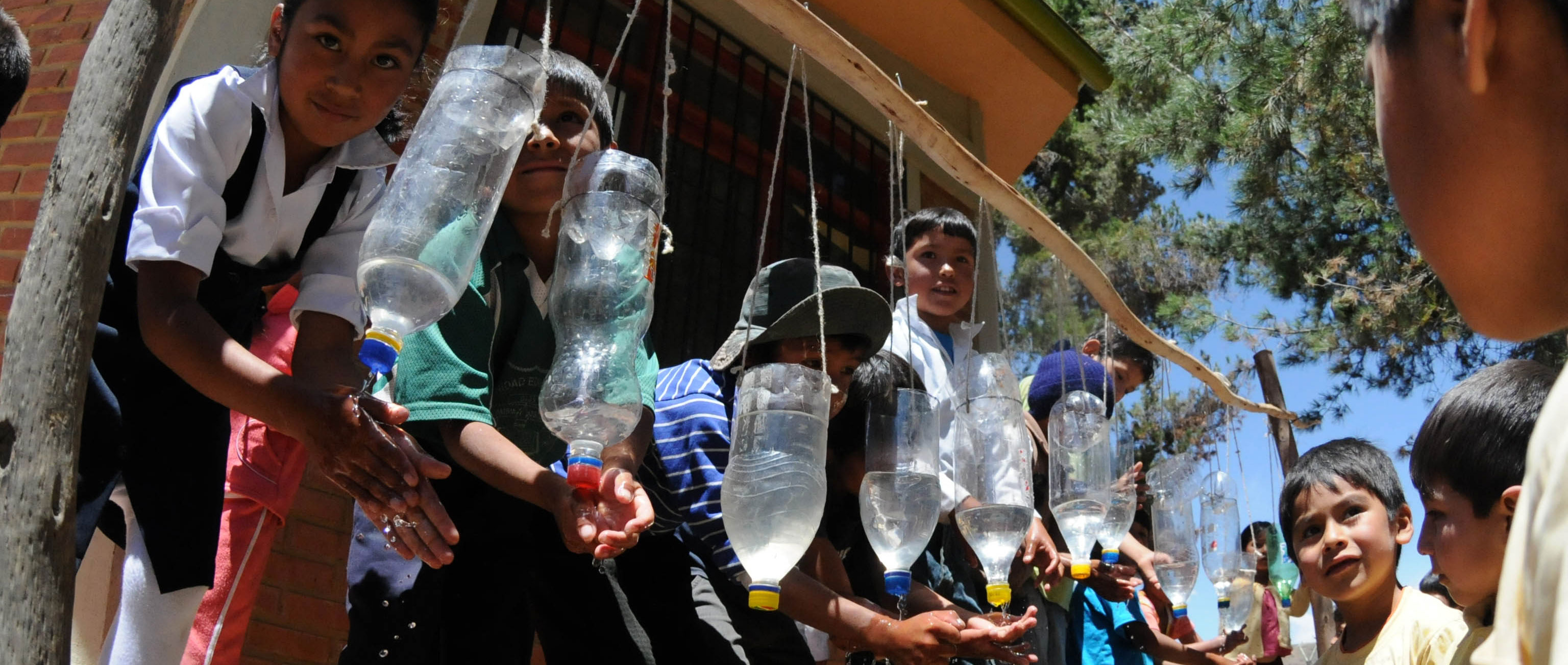
Universal Access to Sanitation: How Do We Get There?
In honor of World Water Week: a look at water and sanitation and the Sustainable Development Goals (SDGs). This article was originally posted in September, 2015. The world achieved the…
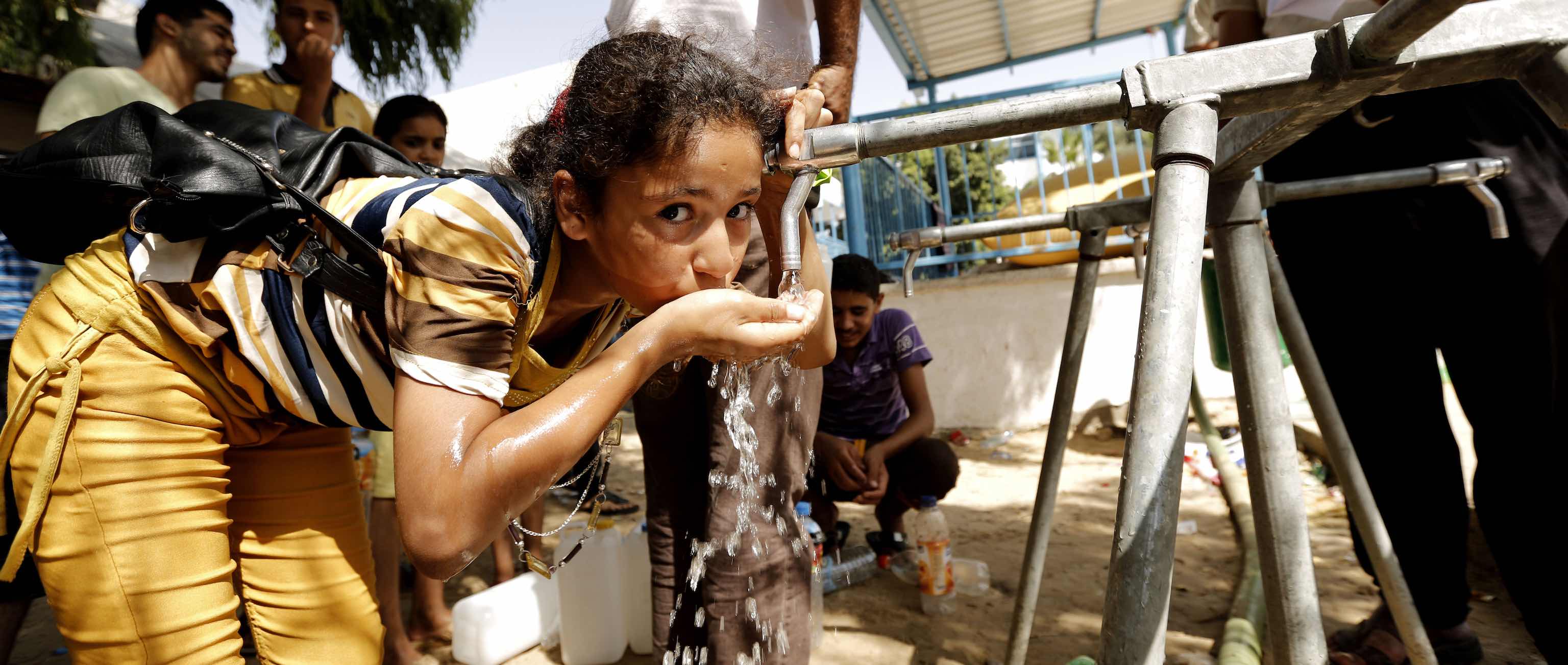
New Hope That Water Can Be a Bridge to Mideast Peace
Israelis and Palestinians often play the blame game on the crucial issue of water. Palestinians scream “water apartheid” and Israelis respond with accusations of a “sewage intifada.” But recently there…

